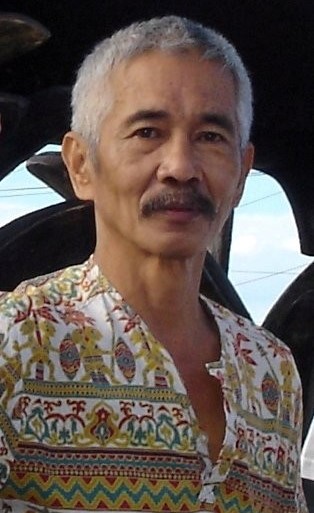TWO CENTS
By Dong Delos Reyes
Running on grassoline
Share
IN doting fondness, one can look back at how the horse-drawn calesa was king of the road, braving chest-deep floodwaters of Espana Blvd. ages back, while even SUVs and similar smoke-belchers were stalled or towed. If my memory serves right, calesa fare was cheaper than a taxicab's. If only for that, the calesa ought to make a comeback. With a vengeance.
With Uber, Grab, and even Angkas vehicle fleets muscling, hustling in on Metro Manila passengers that have grown weary of antics and insolence of taxicab drivers, operators have set their sights outside the metropolis for new franchise areas that would offer reasonable returns. Plus less wear and tear for their carpools.
Can the horse-drawn cart compete with such gas-guzzling, smoke-spouting vehicles that have become today's road kings? Not likely. An operator won't be thinking of plying a fleet of horses to compete with smoke-belching monsters.
Modifications need to be made on the cart as it comes before the horse, guaranteed with a pulling capacity of one horsepower.
The looks of that cart make us suspect it was used as a template to cobble military jeeps of World War II into the passenger jeepney- pure garish accouterments, not many provisions for passenger comfort and safety, running on reconditioned engines often afflicted with coughing fits, with exhaust fumes more fit for the gas chambers ran by Hitler's minions.
A reinvented calesa ought to be fashioned along the lines of an Audi with a lightweight, all-aluminum chassis. Such light carriage ramps up speed, maneuverability, and optimum load-bearing capacity. Wonderful eh?
So we can set sights on bamboo, steam-cured, pressed into more utilizable timbers; cut into suitable sizes for assembly into a better, maybe sleeker version of a calesa, as opulent as a caruaje (carriage), and with better load-bearing capacity than a tricycle or a taxicab.
LGUs can take the lead in this push for better air quality, yes, vehicle emissions are one of the top culprits in air pollution and global warming that spawn superhowlers- that, in turn, cause incalculable losses in human lives and wrecked food crops.
For starters, they can ply out design competitions that would render the calesa the preferred transport vehicle- for short or medium-distance travel- of Filipino passengers. Why, Filipinas was named after King Felipe II of Spain whose name means "love of horses."
That long-lost love ought to be kindled anew. This is not a throwback to the days of yore when calesa reigned in the streets, with fares more affordable than a taxicab's flagdown rate.
Motor vehicles are solely dependent on costly fossil fuels whose prices can shoot through the roof or go beyond the clouds. The horse-drawn cart is free from such skyrocketing costs- all that horsepower that drives the cart is darak or rice bran, some molasses, and grassoline. Dirt-cheap, yeah.
Plus less air pollution, Even horse droppings can be used as organic soil conditioner and fertilizer. Yes, should the horse drop dead from old age or infirmity, equine meat can be as stringy as beef jerky but still palatable, why, the tapsi (tapa at sinangag) of halcyon days was a combo of fried rice and equine beef such treasured food staple that originated in the areas surrounding racehorse stables in Sta. Cruz, Manila can't be done with iron-rich parts of tricycles, jeepneys, or taxicabs.
Editor’s note: The opinions expressed in the foregoing article are solely the author’s and do not reflect the opinions and beliefs of the Philippine News Agency (PNA) or any other office under the Presidential Communications Office.
Comments
About the Columnist

Dong A. de los Reyes began his writing journey in 1978 as a business reporter. He tacks over 20 writing awards- five from the Don Carlos Palanca Memorial Awards for Literature- for his forays into fiction, poetry, and dramaturgy. He also describes himself more of a soil scientist than agronomist. He is a keen student of the combat arts, with a second degree black belt in gojukai, which was developed by a peasant from Okinawa named Chojun Miyagi. He is married to a campus beauty queen who bore him three sons and a daughter. They have six grandchildren, two of whom are taekwondo black belts.
